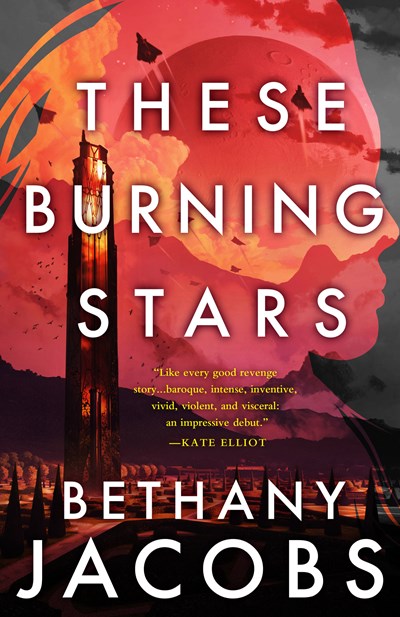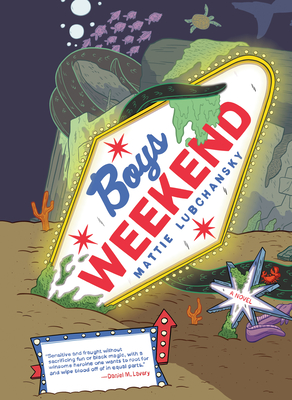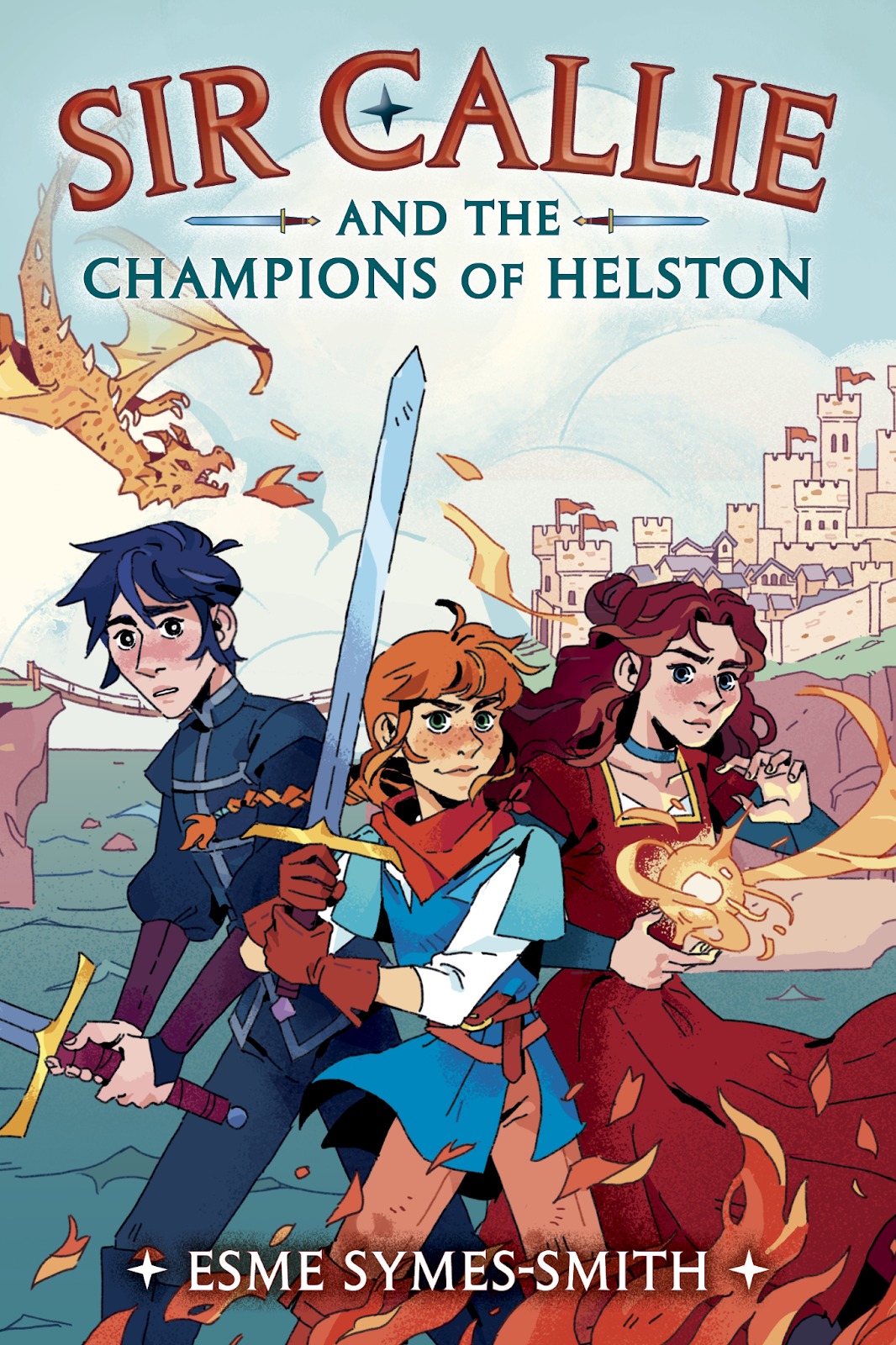Buy this from Bookshop.org to support local bookstores and the Lesbrary! Growing into one’s queer identity is often more a journey of discovery than a destination, and loving someone through the discovery phases takes one on the journey as well. Us by Sara Soler is a graphic memoir of love in motion. It follows twoRead More
A Trans Teen Finds Her Words: Just Happy to Be Here by Naomi Kanakia
Buy this from Bookshop.org to support local bookstores and the Lesbrary! Tara is the first trans girl to attend Ainsley Academy, an all-girls school. She finds it hard to fit in, especially considering that she’s also one of the few students of color. One place she does feel like she belongs is the Sibyls, anRead More
An Anxious Nonbinary Lesbian Sheep Solves a Murder: Bianca Torre Is Afraid of Everything by Justine Pucella Winans
Buy this from Bookshop.org to support local bookstores and the Lesbrary! Bianca has overwhelming anxiety, especially social anxiety, to the point that trying to have an everyday conversation is a monumental struggle. They keep a numbered list of fears, like “Fear #6: Initiating Conversation,” “#13 Beautiful People,” and “#11 Parents Discovering They’re a Raging Lesbian.”Read More
A Sapphic Space Opera of Smoldering Obsession: These Burning Stars by Bethany Jacobs
Buy this from Bookshop.org to support local bookstores and the Lesbrary! If you’re looking for a queer space opera chock full of complex politics, smoldering obsession, and ever escalating revenge, These Burning Stars by Bethany Jacobs is a worthy entry into the field. Renowned hacker Jun “Sunstep” Ironway has gotten her hands on a piece ofRead More
Trans Horror Satire with a Beating Heart: Boys Weekend by Mattie Lubchansky
Bookshop.org Affiliate Link Boys Weekend a satirical horror graphic novel about Sammie, a trans feminine person who is invited to a bachelor party of an old friend as the “best man.” While there, Mattie seems to be the only one concerned about the cult sacrificing people. This was already on my TBR, and I wasRead More
A Sapphic Gothic Fairy Tale: Down Among the Sticks and Bones by Seanan McGuire
Bookshop.org Affiliate Link My favourite holiday of the year is Dewey’s 24 Hour Readathon, particularly the October readathon. My roommate and I spend all day reading horror books and snacking. It is a delight. Last year, I read Every Heart a Doorway and really enjoyed it. The horror/fantasy novella series felt like a perfect fitRead More
A Dark, Magical Story of Gender Versus Tradition: Her Majesty’s Royal Coven by Juno Dawson
Bookshop.org Affiliate Link Her Majesty’s Royal Coven, written by Juno Dawson, is an enthralling urban fantasy that explores gender in a magical world that, similar to our own, finds itself strictly divided along the binary. It questions concepts of power, friendship, love, and feminism in a world in which traditional power structures are challenged and,Read More
Kids Can Fight Injustice Too: Sir Callie and the Champions of Helston by Esme Symes-Smith
Bookshop.org Affiliate Link “My name is Callie, and I’m not a girl. I am here as Papa’s squire, and I want to train as a knight.” Content warnings: verbal and physical abuse from parental figures; internalized homophobia/transphobia; deadnaming; bullying; queer-coded distrust of magic; parental figure with implied depression; implied suicide of SC; death of siblingRead More
Queer Political Sci-Fi with a Gender Trinary: Provenance by Ann Leckie
Amazon Affiliate Link | Bookshop.org Affiliate Link Ann Leckie is probably my favorite author. She writes excellent science fiction and fantasy, and her books are jam packed with incredible world building, a mixture of politics and action, and a heavy dose of gender fuckery. I cannot be normal about her books, and almost always goRead More
Nat reviews Tailor-Made by Yolanda Wallace
I went looking for one of Wallace’s newer books at the library and, to my delight, stumbled on a few of her older books, which is always a nice surprise when you find a new author you like. Instant book list! Tailor-Made is an opposites attract, forbidden love romance with a lot of interesting dialogueRead More





